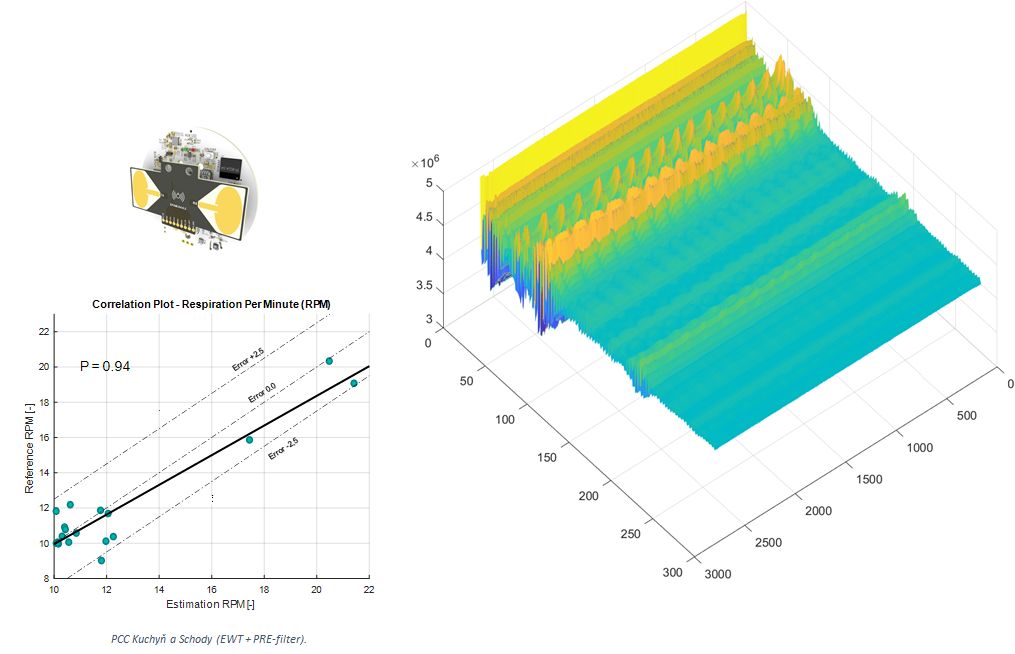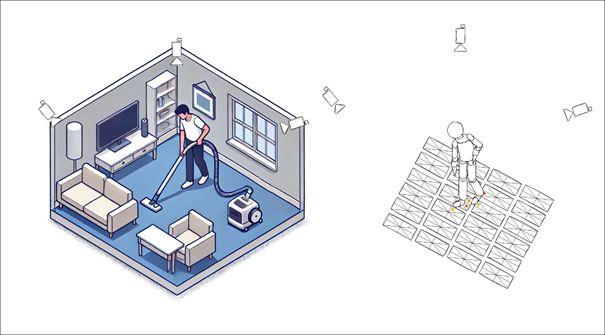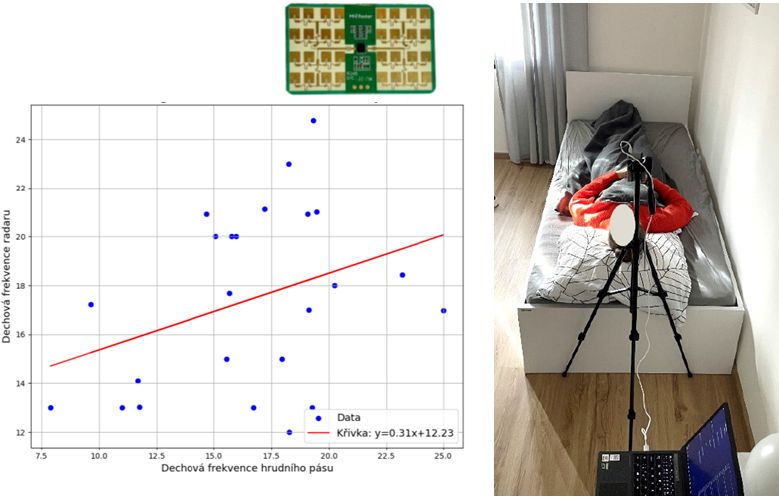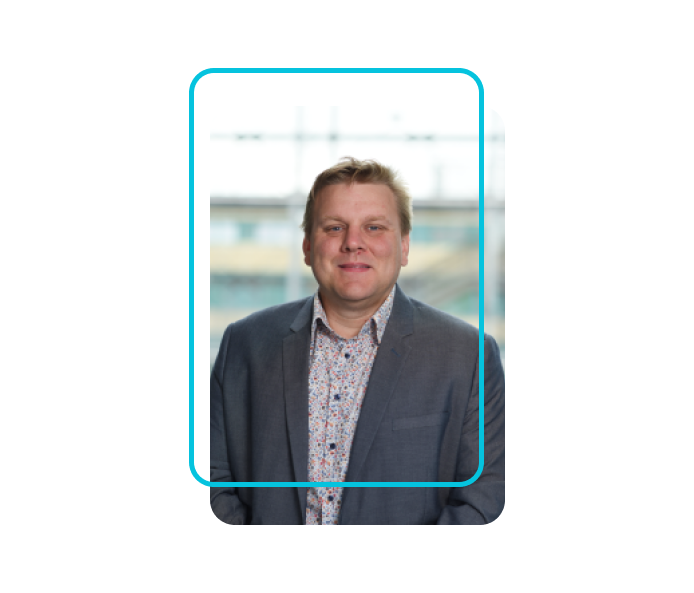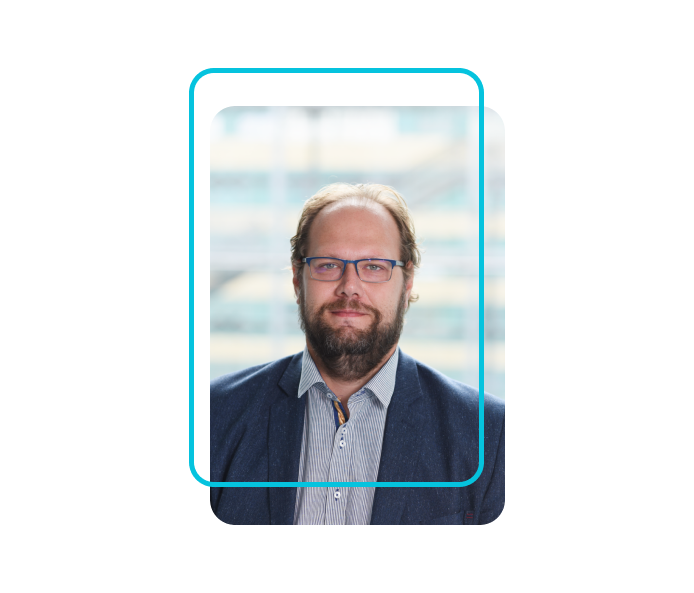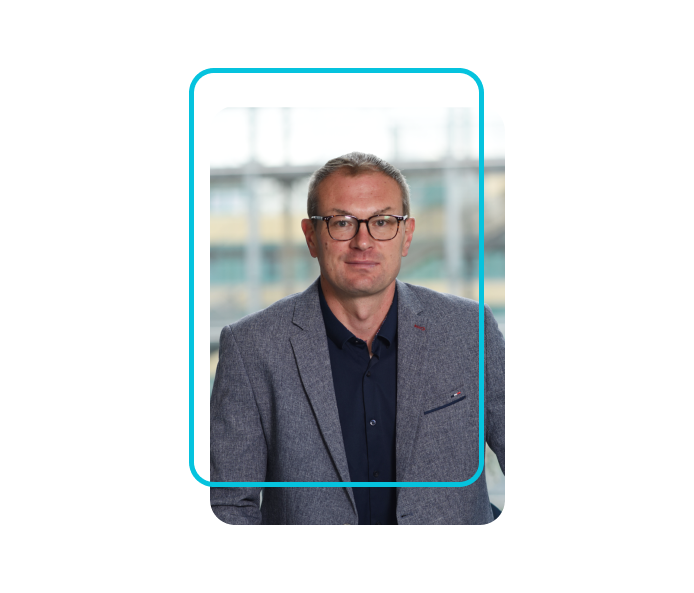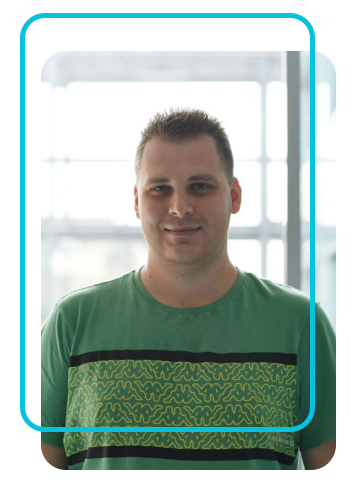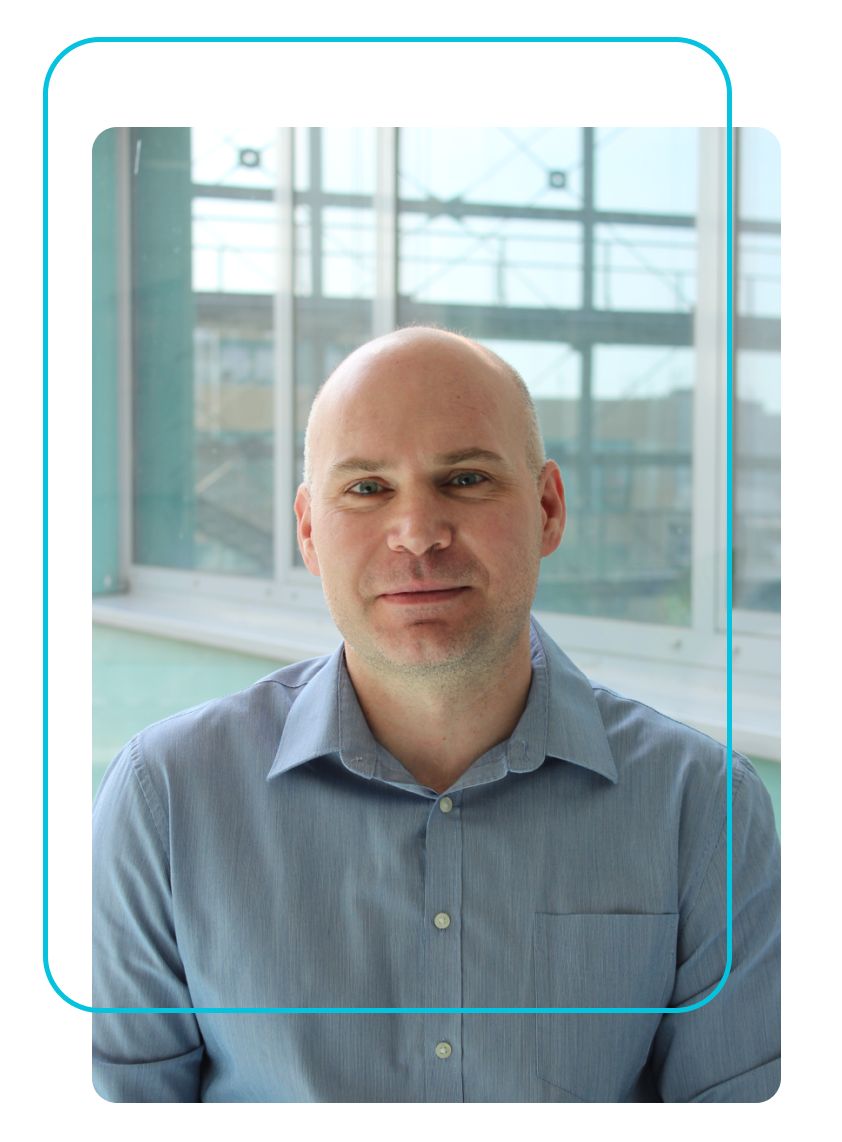HEALTH.Lab - Healthcare Energetics Automation Living and Telemedicine House
HEALTH.Lab are laboratories that correspond to the concept of living laboratories, allowing research and development activities in like-real-world environments. At first sight, the laboratories look like a standard residential space - a one bedroom flat structurally adapted for the life of disabled people. But they are equipped with up-to-date expensive technologies that allow to monitor all the activities of the occupant of the apartment, including their vital signs. These provide a gold standard against which to verify the innovative solutions being developed in the areas of telemedicine, assistive technology and home automation.
HEALTH.Lab represents all technological trends that are related to the quality of life in residential space. It integrates telemedicine and assistive technologies with home automation systems, indoor environmental quality monitoring and trends in energy self-sufficiency in buildings.
HEALTH.Lab also serves for teaching in the study programs Biomedical Assistive Technology, Biomedical Technology, Biomedical Engineering. It also serves as a showroom of current technologies and trends in all these areas for professionals and the public.
HEALTH.Lab contains two almost identical residential laboratories, with different levels of equipment and purpose.
- Development HEALTH.Lab is designed for teaching activities, showroom activities and more challenging short-term experiments.
- Testing HEALTH.Lab is designed for long-term testing. It allows you to monitor the activities of the occupant over a long period of time to test the long-term impact or functionality of the tested technologies in a like-real-world application.
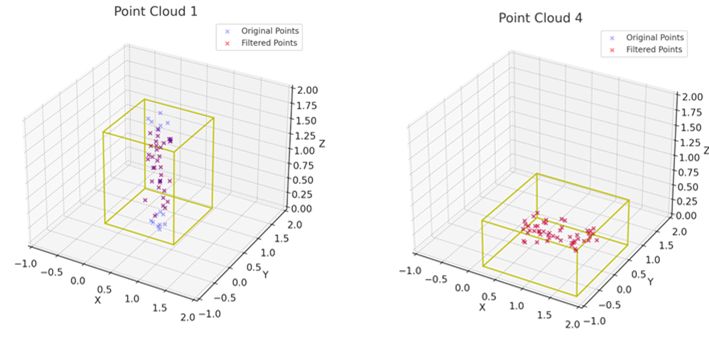
![SMARTTEST-LOGO-V02[35] SMARTTEST-LOGO-V02[35]](/450/.content/galerie-obrazku/healthlab-laborator/SMARTTEST-LOGO-V0235.jpg)
